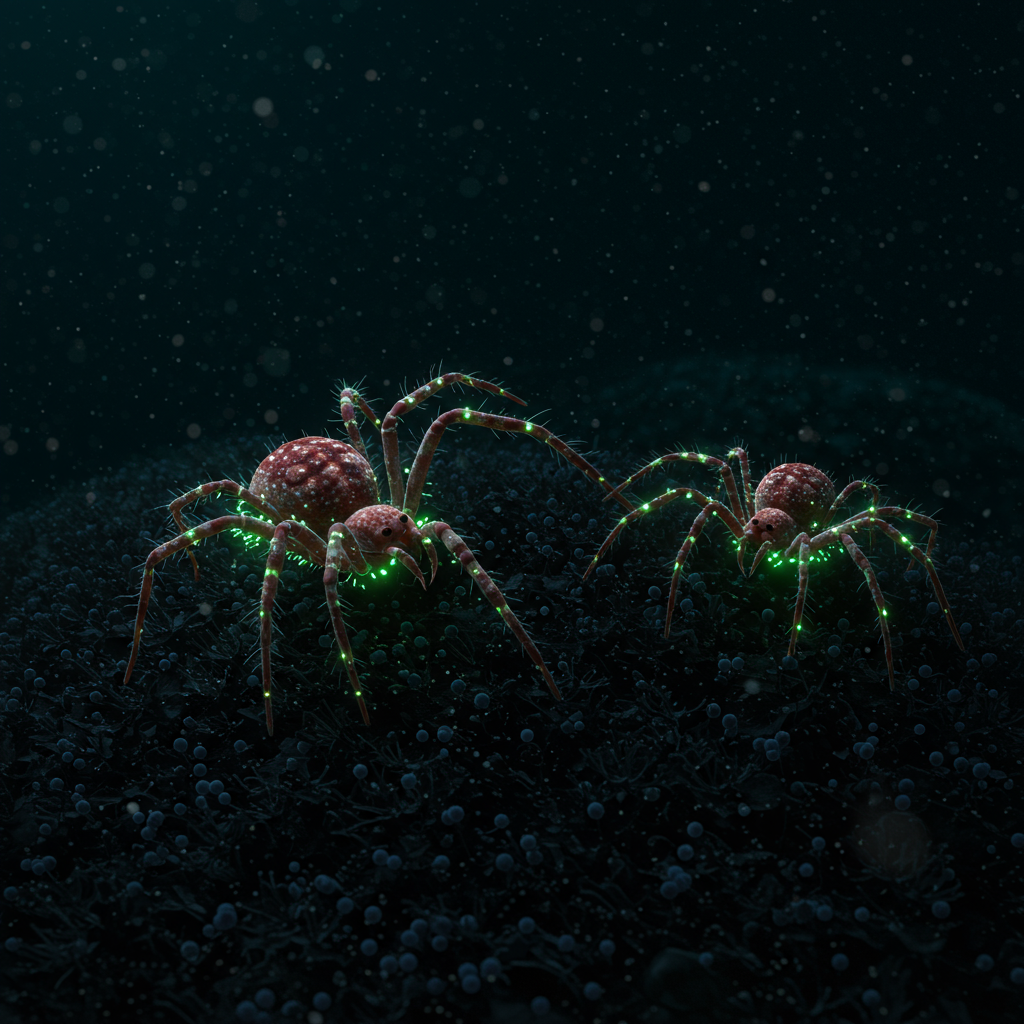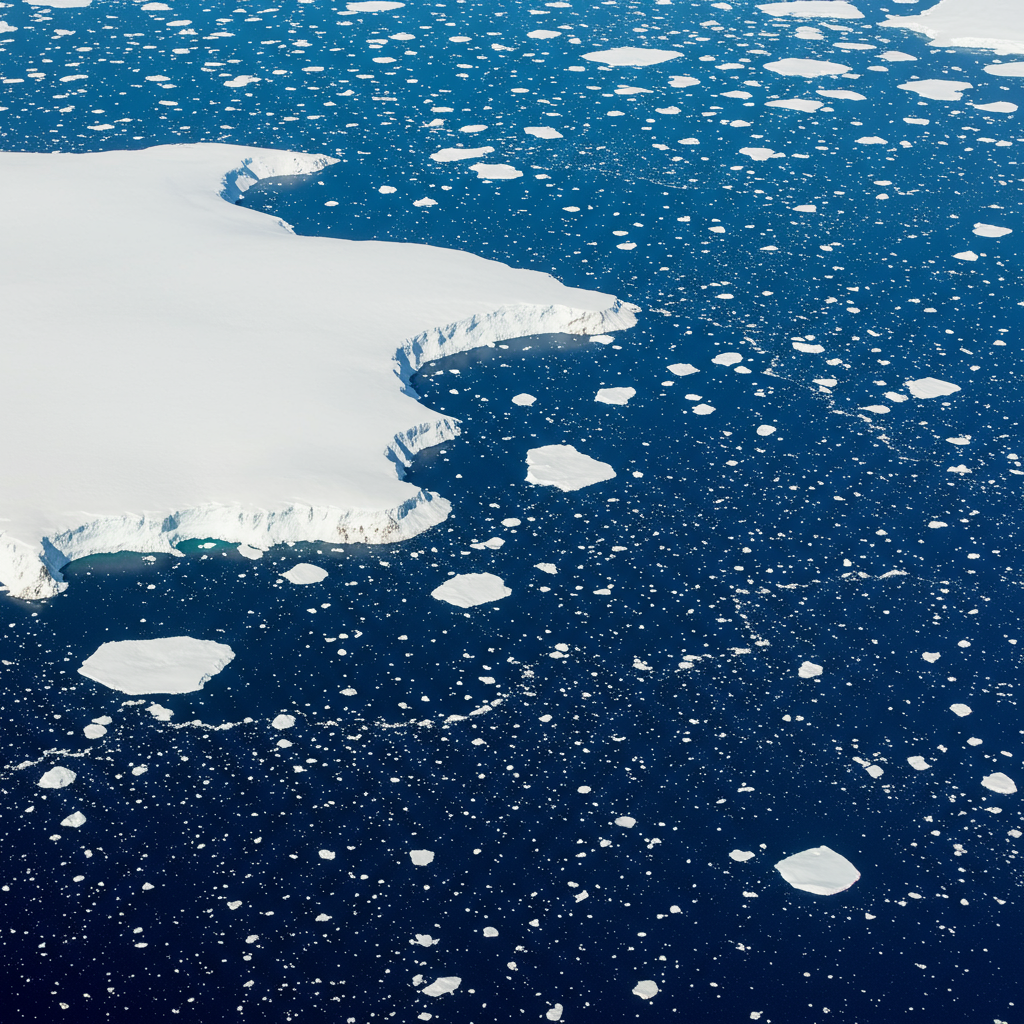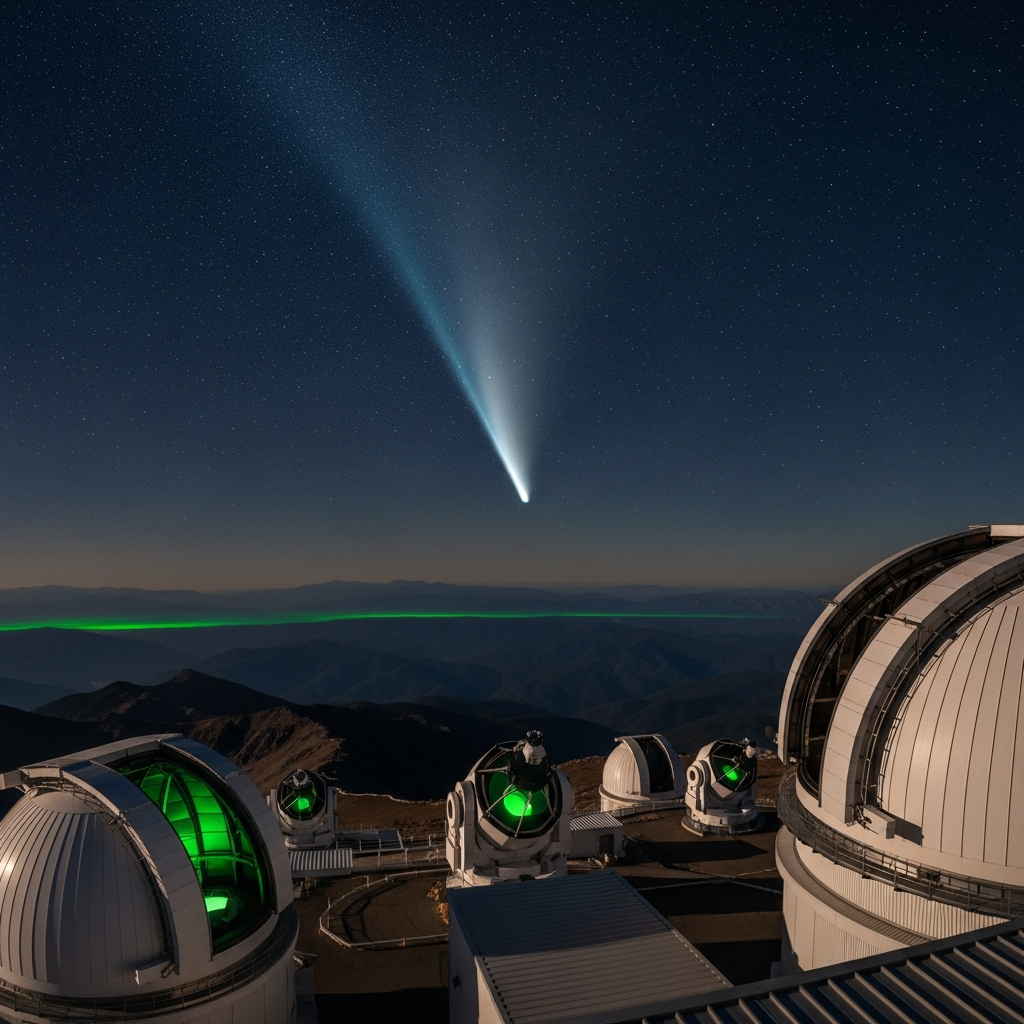Life in the pitch-black depths of the ocean presents extreme challenges: crushing pressure, near-freezing temperatures, and an utter lack of sunlight to power the food chain. Yet, against these odds, diverse and often bizarre life forms thrive. Scientists have recently discovered a remarkable new example – previously unknown species of sea spiders that have evolved a unique way to survive by partnering with methane-eating bacteria.
These spindly creatures, identified as three new species belonging to the genus Sericosura, were found living around methane seeps deep beneath the ocean surface along the eastern Pacific margin, off the coasts of California and Alaska. Researchers from Occidental College and the California Institute of Technology utilized the human-occupied submersible Alvin to venture down nearly 1,000 meters (3,280 feet) to collect specimens from these remote ecosystems.
A Symbiotic Feast Fueled by Methane
Unlike most life on Earth that relies directly or indirectly on sunlight through photosynthesis, deep-sea organisms must find alternative energy sources. In areas like methane seeps, chemicals bubbling up from the seafloor provide the foundation for life via chemosynthesis.
The scientists made a fascinating discovery when examining the collected Sericosura sea spiders: their exoskeletons were teeming with various species of methane-oxidizing bacteria, including families like Methylomonadaceae, Methylophagaceae, and Methylophilaceae. These bacteria are specialized microbes capable of using methane gas, carbon, and oxygen present in the deep-sea environment as their primary energy source. Through chemosynthesis, they convert these compounds into the organic matter they need to survive – essentially producing their own food where sunlight cannot reach.
The key question was, how were the spiders benefiting from this bacterial abundance? To find out, the research team introduced a special, traceable isotope of methane to the spiders. Tracking this isotope revealed that the spiders’ bodies were indeed incorporating carbon derived from the methane.
Farming Food On Their Own Bodies
The Sericosura sea spiders aren’t slurping up the methane gas directly. Instead, they are consuming the methane-oxidizing bacteria living on their tough outer bodies. This suggests a remarkable “farming” strategy, where the spiders cultivate their own food source right on their exoskeleton.
As lead author Shana Goffredi, a professor at Occidental College, explained, “Just like you would eat eggs for breakfast, the sea spider grazes the surface of its body, and it munches all those bacteria for nutrition.” This unique partnership allows the spiders to tap into the chemical energy source available at the methane seeps. The bacteria metabolize the methane, converting it into sugars and fats, which then provide the essential nutrition the spiders need to thrive in this otherwise food-scarce environment.
Evidence suggests this symbiotic relationship may even be passed down through generations, as the methane-loving bacteria were also found in abundance on the egg sacs carried by the male sea spiders.
More Than Just a Meal
While providing a vital food source is crucial, this symbiotic relationship may also play a subtle but important ecological role. By consuming the methane-oxidizing bacteria, which in turn consume methane, the sea spiders and their microbial partners could potentially help trap some of this potent greenhouse gas, preventing it from escaping further into the water column. Though tiny, these spiders and their microbial “hitchhikers” could be unsung participants in the complex carbon cycle of deep-sea ecosystems.
This discovery marks the first time such a direct symbiotic relationship with methane-oxidizing bacteria has been described in Sericosura sea spiders. While other deep-sea organisms, such as certain species of tube worms, sponges, and worms, are known to rely on similar chemosynthetic partnerships, finding this strategy in a different animal lineage highlights the diverse evolutionary adaptations life has developed to conquer the deep ocean’s extreme conditions.
These findings, published in the journal Proceedings of the National Academy of Sciences, introduce another fascinating example of how microbial chemosynthesis can directly transfer methane carbon into the biomass of deep-sea animals, underscoring the vast, unexplored complexity and resilience of life in Earth’s deepest realms. Continued exploration using submersibles and Remotely Operated Vehicles (ROVs) promises to unveil even more of the ocean’s mysterious and alien-like inhabitants.




